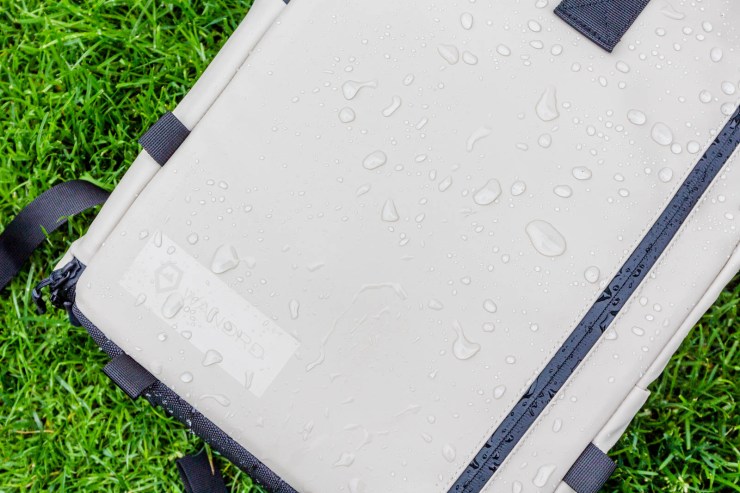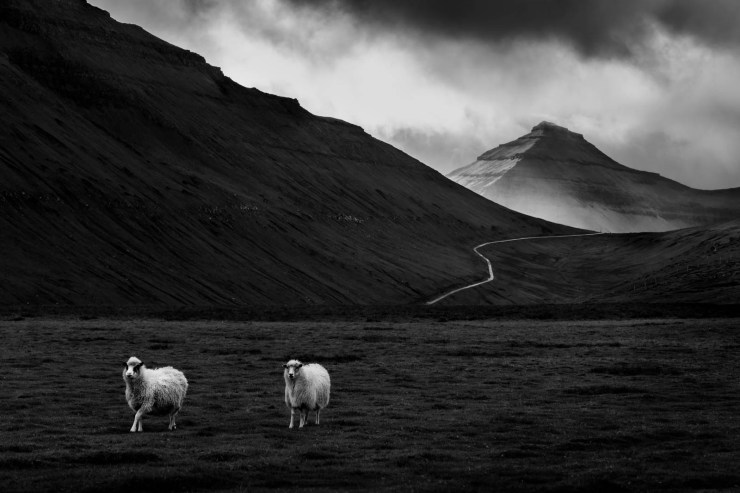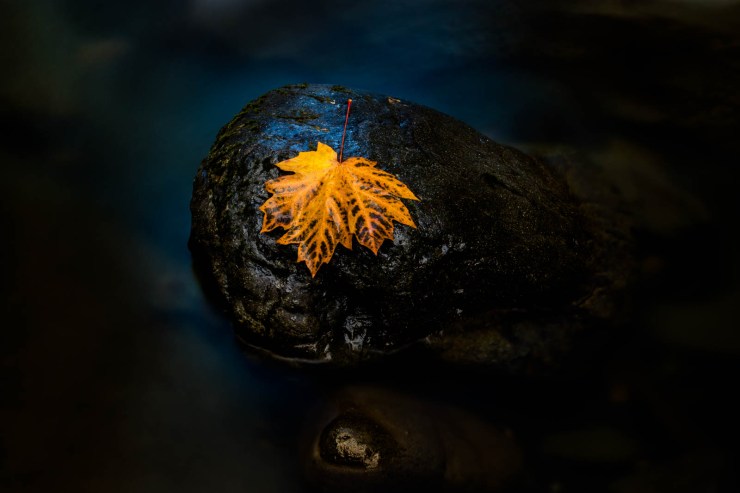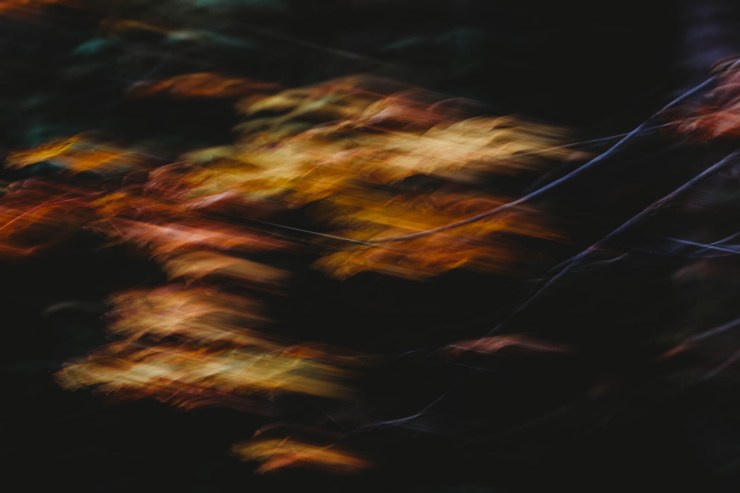With autumn in full swing and winter just around the corner, outdoor photographers have to be prepared to photograph in unpredictable fall weather.
Luckily, “good” photography weather is subjective, and not relegated to just sunny skies. Below are some tips for photographing through variable fall weather.
Being prepared
You
This one is obvious, but I can bet almost anyone, (myself included!) has been caught in an unexpected downpour while out shooting on location. Living on the West Coast of Canada, weather can change rapidly and I’m always sure to leave the house prepared for dynamic weather. Dressing in layers is key, as is having waterproof footwear and outerwear.
Checking the hourly forecast is another habit I have, as blue sky can quickly change to stormy conditions. Making sure you are comfortable no matter the weather is the first step to a successful outing.
Your gear
Having a pocket full of lens cloths and potentially a rain cover for your camera can help ensure your gear’s safety in foul weather. In a pinch, I’ve used a large ziploc bag with a hole cut in the end to cover my camera. Ideally, you’ll carry a weatherproof camera bag to house your gear until it’s needed. Cameras these days are pretty robust, especially if weather-sealed, but you don’t want to push the technology’s limitations too far.
I also bring a tripod on most dark and stormy days. Depending on your location, you may need to use a longer exposure than usual to capture the ambient light. Neutral density filters come in handy here.

Clouds and wind
Overcast or cloudy days can lend themselves well to black and white photography. Look for contrast in your images and try to “think” in black and white. Dramatic clouds can look excellent when converted to monochrome.
Suddenly, a routine location can have power or moodiness. Try popping on a neutral density filter and doing a long exposure. If it’s really windy, you might only need a few seconds to get movement in your clouds. Or, sometimes, a full minute or two can make the clouds look extra smooth and dreamlike. Don’t be afraid to play around with different exposure lengths to see what you can create.
You can also use your tripod on a windy day to capture movement in fall foliage. Experiment with various shutter speeds to create abstract images of colorful fall leaves or trees. It’s important to stay out of the forest in high winds to stay safe from falling trees and debris though! Bodies of water can also become dramatic and moody with the introduction of wind in the form of waves and whitecaps.

Rain
There’s no doubt that working in the rain can be challenging. But it can also have its upsides.
For one, there will be less people around! If you’re photographing in areas that are usually full of people, rainy days can be great for getting a location to yourself.
Rain also creates puddles which you can use for reflections. Look for water droplets on leaves or other objects and try some macro photography.
Rain droplets falling on calm bodies of water can also make for interesting compositions. Use a quick shutter speed to freeze rain in your image, or try a longer one to blur the rain and show the motion of it falling. Find yourself a waterfall during a rain storm and you might be treated to an extra photogenic flow.

Forests are also great places to shoot on rainy days. On a bright sunny day, a forest can have a lot of extreme highlights and shadows. But on a rainy day, the light is more even. Wet trees, ferns and other plants will have a fresh, saturated look to them.
A dense forest will also help shield you and your gear from shooting directly in the rain. This is where a tripod will often come in handy. A dense forest on a rainy day can be quite dark, so longer shutter speeds may be needed while using a tripod.

Fog and mist
There’s no excuse for not going out when it’s foggy or misty as these can be some of the best conditions to shoot in! Fog and mist can add mood and mystery to your images. They can also add depth and layers to an otherwise normal or flat environmental scene. I can’t tell you how many times I’ve pulled over on the side of the road to shoot a foggy forest scene because the mood is so good.
You can also use fog to really focus on your subject while keeping background elements shrouded. Keep in mind however, that if it’s really foggy you may need to manually focus on your subject if your autofocus is having trouble.

So, if you’re out shooting colorful fall foliage and adverse weather rolls in, try to use the conditions to your advantage. Be flexible with your shooting styles and don’t be afraid to experiment. And remember, sometimes the very best light comes right after a storm rolls through in the form of rainbows, beams of light or dramatic skies!
Tell your story with the second annual Visual Storytelling Conference!
Experience four days of interactive, online training sessions featuring a range of educational content with experienced photographers and content creators. This free event kicks off with a series of technical boot camps to build essential skills, followed by live, online sessions on photography, video, business and social media. Join live from March 10-13, 2022!
